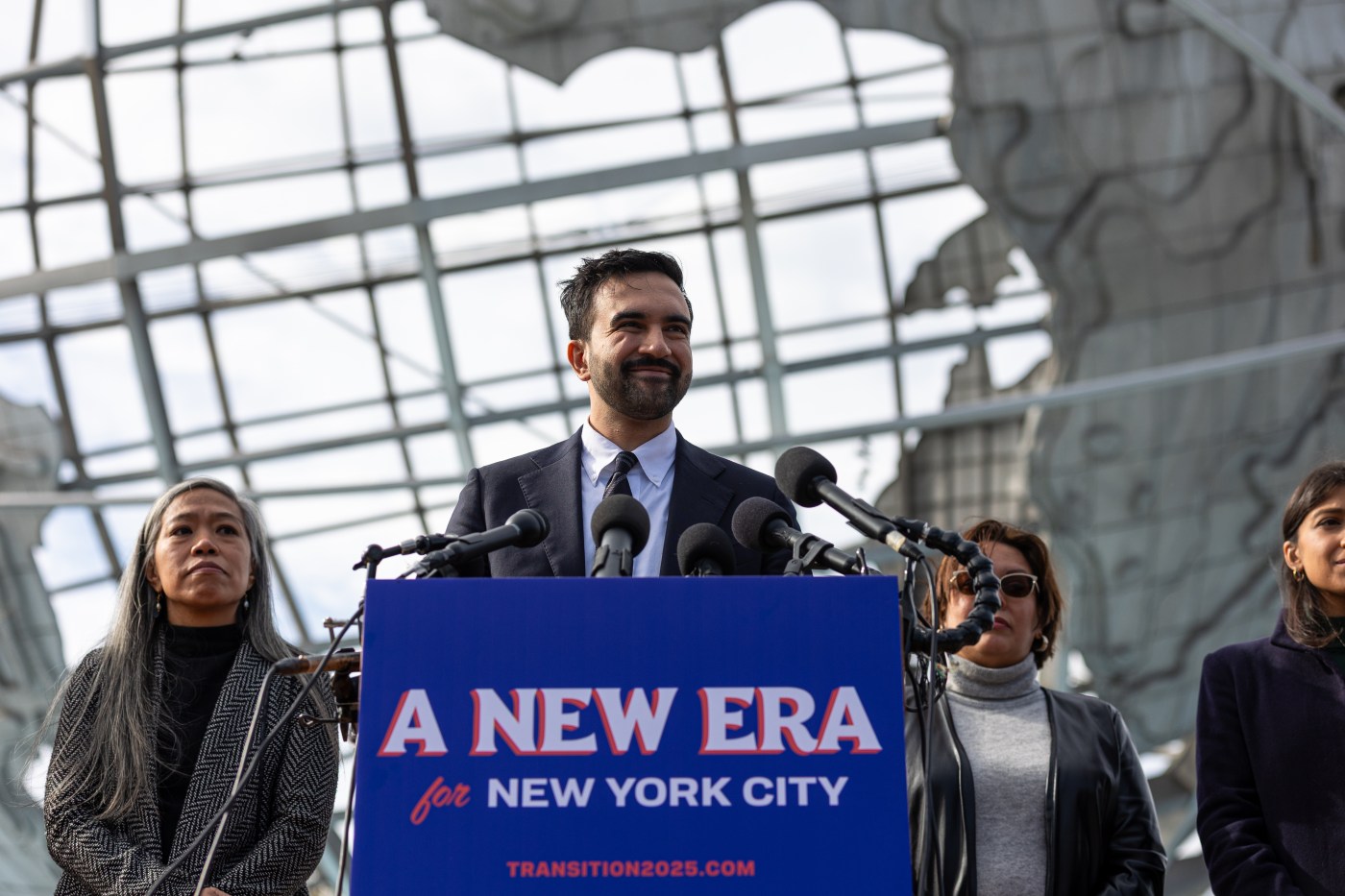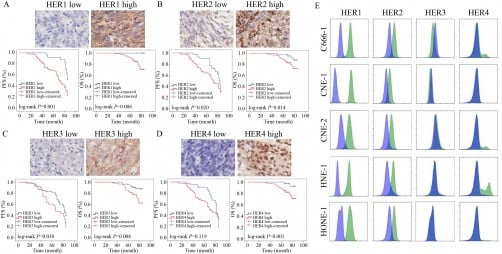Embracing Slow Running: A Journey to Improved Performance

Many runners focus on speed and performance, but a recent personal exploration into slow running has revealed substantial benefits. After completing a marathon earlier this year, the author decided to embrace a more relaxed approach to running for two weeks. This decision not only transformed their running routes but also improved their overall relationship with the sport.
The initial motivation stemmed from a feeling of burnout during a rigorous marathon training schedule. By week nine of a challenging 16-week plan, the excitement of fast-paced training had faded. The body was signaling for a break, prompting the idea of intentionally running at a slower pace. This approach was initially unfamiliar, as the author recognized they rarely allowed themselves the luxury of slow runs unless recovering from a particularly intense session.
Slow running involves running at a leisurely pace—one that allows for conversation and avoids the pressure of speed goals. During this two-week experiment, it became evident that many runners are increasingly recognizing the advantages of slower paces. On TikTok, the search popularity for “slow runner” reached 139,000, reflecting a growing community of enthusiasts who appreciate a less intense approach to running. The hashtag “realistic running diaries” has also surged in popularity, indicating a 601 percent increase in search interest.
Adopting the slow running mantra opened up new possibilities for exploration. Typically, during marathon training, familiar routes were preferred to avoid distractions like traffic lights and steep hills. However, with a focus on enjoyment rather than performance, the author began to venture off the beaten path, discovering new trails and scenic locations. This change not only enhanced the running experience but also fostered a newfound confidence on varied terrains, including hills that were once avoided.
The author’s favorite running shoe during this journey was the Hoka Speedgoat 6. Known for its traction and breathability, it proved to be an ideal choice for tackling diverse environments while ensuring comfort.
The experiment also significantly improved the author’s mental relationship with running. The pressures associated with racing—such as performance anxiety and the stress of hitting specific time targets—were lifted during the slow running phase. Returning from runs became a joyful experience, marked by a sense of accomplishment rather than a burden. Listening to music or podcasts without the worry of pacing transformed the simple act of running into a relaxing escape.
Interestingly, during this period, the author participated in a 10K race without following a strict training regimen. For the first time, there were no pacing pressures. Despite maintaining a routine that included regular runs and focusing on recovery and nutrition, the absence of speed work allowed for a more relaxed approach. On race day, this led to a calmer mindset, enhancing the overall running experience.
The benefits of slow running extend beyond immediate enjoyment. Although previously viewed as tedious, these slower sessions have now been recognized for their crucial role in recovery and overall performance enhancement. By embracing a slower pace, runners can improve their aerobic endurance without overexerting themselves.
Many runners might be familiar with the concept of Zone 2 training, which involves maintaining a heart rate within a specific range to boost endurance. The target heart rate typically falls between 60 to 70 percent of an individual’s maximum heart rate. For example, a 30-year-old would aim for a heart rate between 114 and 133 beats per minute. Those without access to heart rate monitors can focus on their breathing; being able to converse comfortably indicates they are within the appropriate pace.
In conclusion, the two-week journey into slow running has reshaped the author’s perspective on the sport. It has highlighted the importance of balance between speed and enjoyment, offering a fresh approach to training that prioritizes both physical health and mental well-being. With a commitment to incorporating slow running into future training plans, the author looks forward to further enhancing their performance while enjoying the process.






